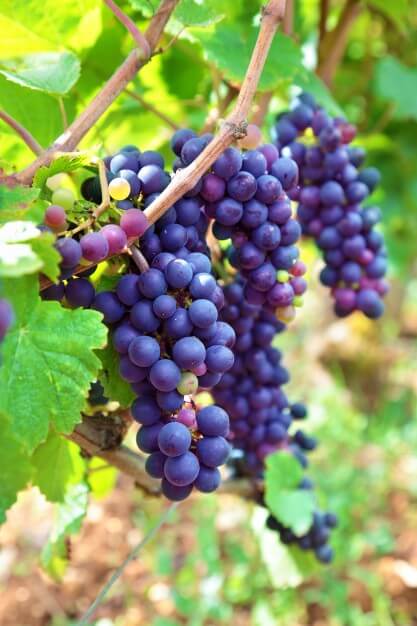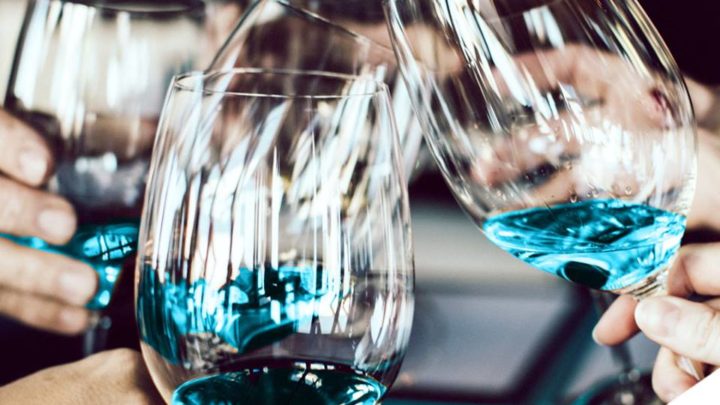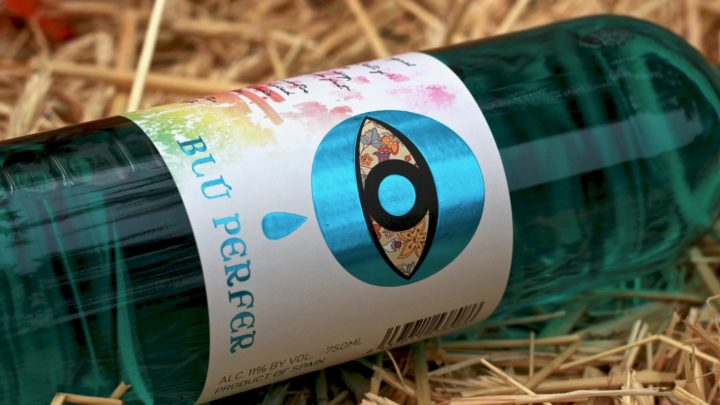Blú Perfer owes its bright and elegant blue color to a natural pigment found in the red grape skin called Anthocyanin. This natural colorant is completely harmless for human consumption and commonly used as a food additive in many products, being a great source for antioxidants, having some benefits such reducing heart disease, anti inflammatory, anti tumor or anti diabetics effects.
ANTHOCYANIN? WHAT THE HELL IS THAT?
Anthocyanins are phenolic compounds, found in fruits like grapes, where they confer the red, blue and violet colors. Anthocyanins are synthesized during veraisson and are the most important pigments in red and colored grapes. Their structure is heteroside made by the combination of an aglycon and a sugar, usually glucose. Anthocyanins are the most powerful natural antioxidants; and their study has been difficult because of their unstability. However, they can be stabilized by acylation, and then they may be efficiently stored by vacuoles. In general, their role is associated to render color in berries and to detoxification under light stressing conditions, so their study is important. The concentration and anthocyanin profile varies among grape species, cultivars, maturity stages, seasons, environmental conditions, field practices and levels of yield. Light and temperature are the main environmental variables that regulate their biosynthesis where light stimulates it and high temperature appears to inhibit it. This review aims to address recent advances on the anthocyanin nature, regulation of biosynthetic pathway, and their relation to luminosity and temperature in grapes.




Leave A Comment
Your email address will not be published. Required fields are marked *